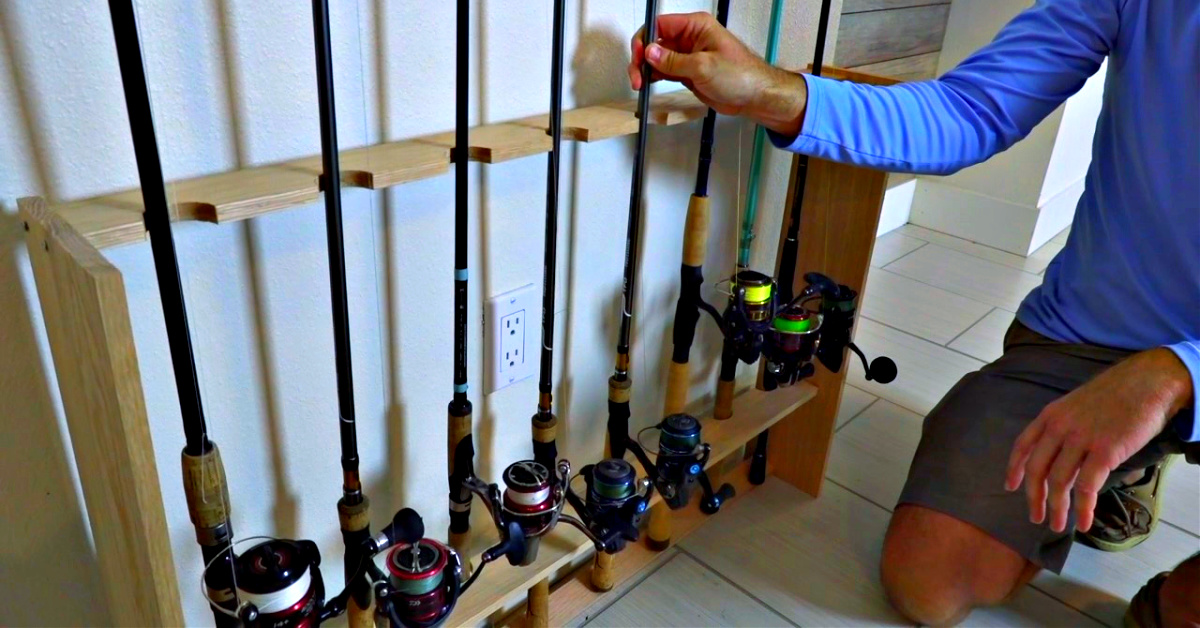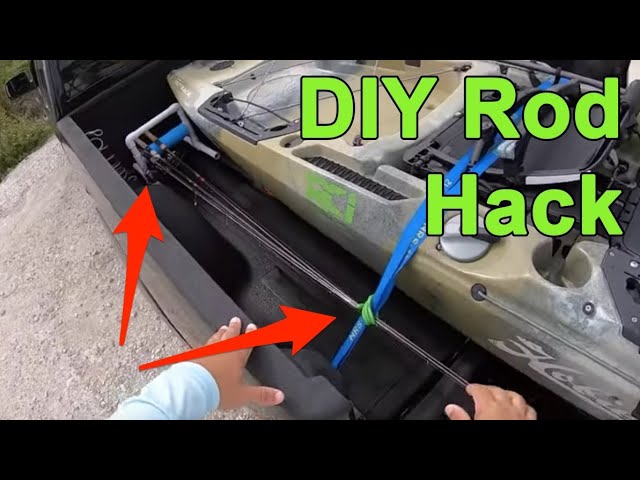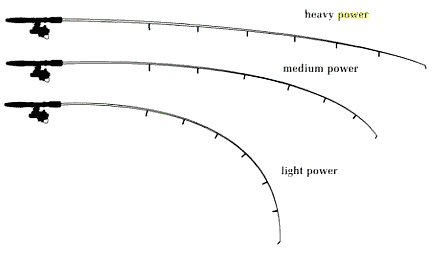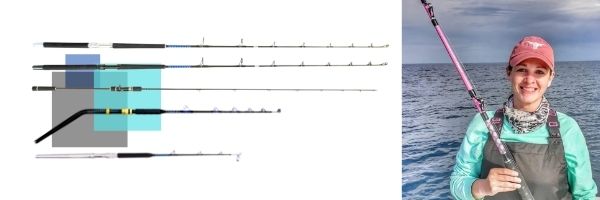How to Build a Fishing Rod Stand

Build a fishing rod stand by securing a series of vertical rod holders to a sturdy base. Adjust the spacing to accommodate different rod sizes.
Anglers looking to organize their gear will find that creating a custom fishing rod stand is a practical and rewarding DIY project. Crafting your own stand saves money and allows for customization to fit personal storage needs and space constraints.
A well-designed rod stand not only keeps fishing rods safe and untangled but can also serve as an attractive display in your home or garage. Simplicity in design means this is a project suitable for even novice woodworkers. With basic tools and materials, you can put together a durable and efficient stand that reflects your love for fishing and meticulous care for your equipment.

Credit: www.saltstrong.com
Essentials For Crafting A Fishing Rod Stand
Building a fishing rod stand starts with collecting the right materials. You will need various items such as wood or PVC pipes, screws, and glue. Wood offers a classic look, whereas PVC pipes provide durability and are lightweight. Ensure to pick quality materials to make your stand last for years.
As for tools, a saw is necessary to cut the materials to size. A drill will help make precise holes for screws. Don’t forget a screwdriver and a measuring tape. A level ensures your stand is perfectly horizontal. Safety gear, like gloves and goggles, protects you during construction.
| Material | Tool |
|---|---|
| Wood/PVC Pipes | Saw |
| Screws | Drill |
| Glue | Screwdriver |
| – | Measuring Tape |
| – | Level |
| – | Gloves/Goggles |
Designing Your Fishing Rod Stand
Designing a fishing rod stand requires attention to specifics. First, consider the number of rods to store. This will guide the stand’s size and shape. Think about the stand’s height and width to ensure it fits well in the intended space. A compact, vertical design works well for tight spaces.
The stand should also have customizable features for convenience. Concerning materials, sturdy options like wood or metal are essential for longevity. Secure rod holders prevent tipping and damage. Remember, the goal is a design that keeps your rods safe and easily accessible.
Step-by-step Construction Guide
Building a fishing rod stand starts with precise measurements. First, cutting the parts to size is crucial for a solid stand. Use a saw to trim lengths of wood to match your design specifications. Safety comes first: wear gloves and goggles.
For assembling the frame and base, lay out the cut pieces on a flat surface. Join each part with screws or nails, ensuring corners are square. A sturdy base will keep the stand balanced, so double-check all connections.
Adding holders and supports is the final stage. Drill holes into the frame where rods will rest. Attach PVC pipes or clips as rod holders. Secure these tightly—your rods depend on them.

Credit: m.youtube.com
Finishing Touches For Durability And Aesthetics
To ensure your fishing rod stand lasts long, proper finishing touches are key. Start by sanding down rough edges for a smooth surface. This makes it safe to handle and prepares it for painting. Choose a weather-resistant paint that adds a pop of color and extra protection.
Once the paint dries, apply a protective coating. This coating repels water and shields from sun damage. Two popular choices are polyurethane and spar varnish. These products are known for their durability. They keep your stand looking great through rain and shine. Remember to apply in a well-ventilated area and allow ample drying time.
Maintenance And Care For Your Rod Stand
Ensuring your fishing rod stand stays in top shape requires some simple yet key practices. Regular cleaning plays a crucial part in maintaining its condition. Use mild soap and water to gently clean any dirt or salt buildup. Make this a habit after every fishing trip.
Examine your rod stand carefully for any signs of wear or damage. Look for cracks, rust, or loose parts. These issues can lead to bigger problems if not addressed. Fix small problems before they turn into big ones. A well-maintained stand means longer life for your fishing rods.

Credit: www.pinterest.com
Diy Fishing Rod Stand Vs. Store-bought
Making your own fishing rod stand can be a fun project. A DIY stand usually costs less money than buying one at a store. You will need materials like PVC pipes, glue, and a saw. These can be found at your local hardware store for a small price. Crafting a stand yourself might only set you back $20 to $40.
Choosing to construct a personal stand brings a sense of achievement. The design reflects your fishing style and needs. Plus, the experience of building it adds to your fishing adventures. Many fishing enthusiasts find great joy in using gear they have created themselves. The joy from making something with your hands is priceless.
Frequently Asked Questions For How To Build A Fishing Rod Stand
How To Build A Fishing Rod Holder For Garage?
Measure your garage wall space to determine the rod holder size. Cut PVC pipes into equal lengths for rod slots. Secure these horizontally onto a wooden board with screws. Mount the board to your garage wall using sturdy anchors and screws, spacing it to allow easy rod access.
How Do You Make A Fishing Rod Rest?
To make a fishing rod rest, gather materials like PVC pipes, rubber caps, and glue. Cut a PVC pipe to desired length. Cap one end with rubber. Insert the rod’s handle into the open end. Ensure stability by securing the rest in the ground or to a sturdy base.
How To Make A Pvc Rod Holder?
To make a PVC rod holder, measure and cut PVC pipe to desired length. Drill holes for mounting. Sand edges for safety. Secure with appropriate screws or mounting system to your chosen surface.
What Is The Best Angle For A Fishing Rod Holder?
The best angle for a fishing rod holder is typically between 25 to 75 degrees, allowing for optimal line tension and quick reaction to bites. Adjust the angle based on the fishing technique and water conditions for maximum efficiency.
Conclusion
Building your own fishing rod stand marks the perfect blend of practicality and craftsmanship. Not only does this project add to your angling arsenal, but it also instills a deep sense of accomplishment. As we’ve outlined the steps, remember that creativity and personalization are the hooks that will make your stand unique.
Embrace the process, and soon you’ll be showcasing your rods with pride, ready for your next big catch.



